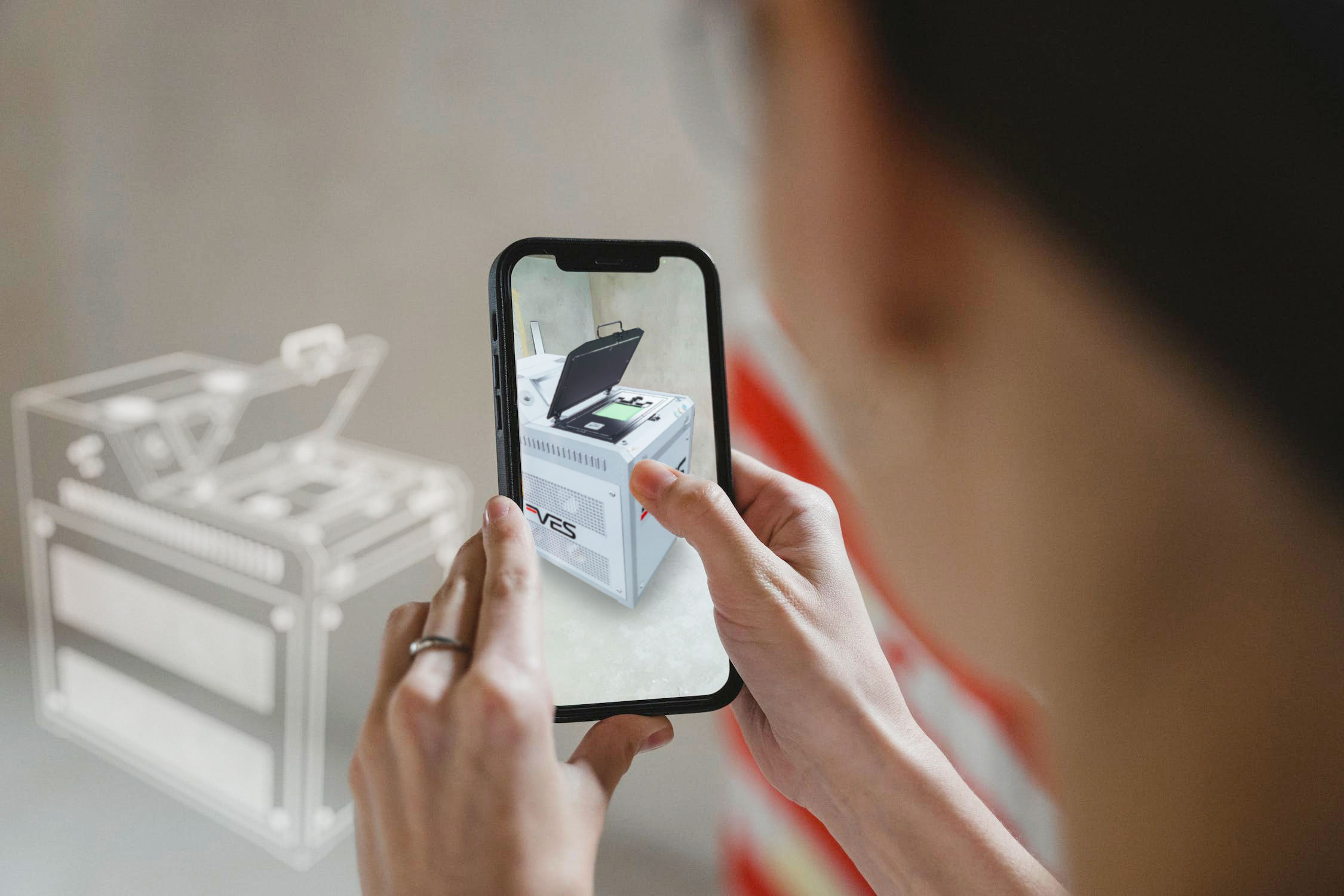Immersive experiences allow customers to enter an extended world where they can let their imagination run free.
This is a great way for businesses to connect with their audience and offer a unique, interactive experience. One example of this is through AR visualisation, which can create 3D catalogues and interactive product demos to make them more visually appealing to customers.
At our sister company, The Immersive Learning Studio, we have helped numerous businesses stay ahead of the curve with a wide range of immersive experiences.
But what exactly is an immersive experience?
Studies have shown that immersive learning can increase knowledge retention by 75%. It involves immersing the learner in a particular situation through an interactive learning environment, either physically or virtually, to replicate possible scenarios or teach specific skills and techniques. It often combines real and virtual elements to create a wireless, 3D interaction.
Immersive experiences can be enjoyed through smartphones or VR headsets and can be accessed through a web application or mobile, desktop, or console app.
There are many different types of immersive learning, including tactical immersion, which involves physically feeling an action; sight immersion, which integrates VR or AR to explain product features; and narrative immersion, which uses lifelike sound and creative visuals to allow viewers to delve deeper into a product through storytelling.
At Studiowide, we specialise in creating bespoke immersive experiences for product and experiential marketing purposes. Contact us to learn more about how we can help take your marketing content to the next level.


